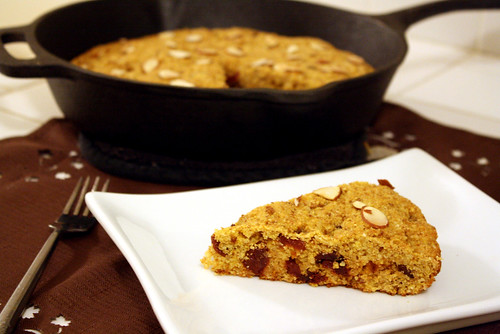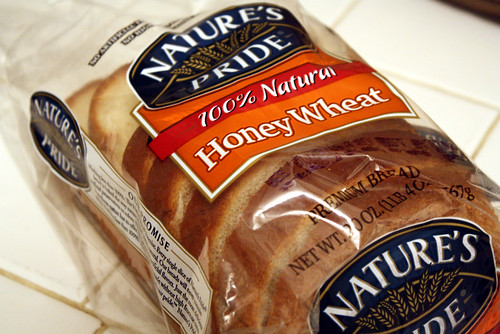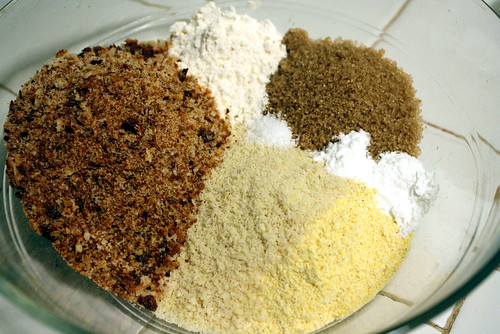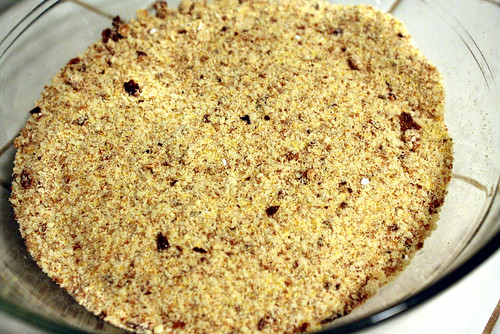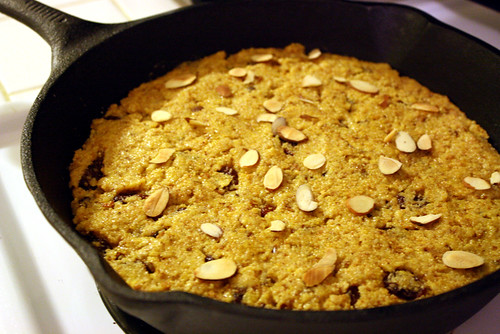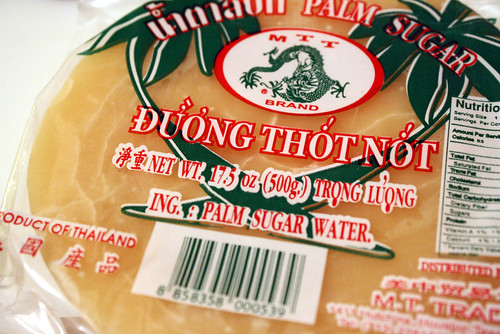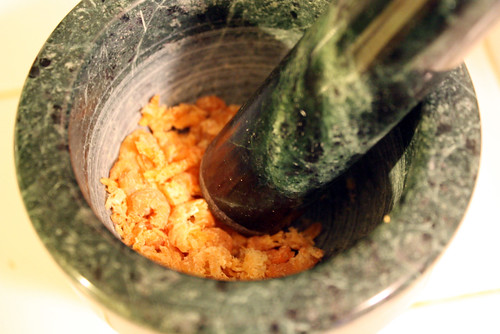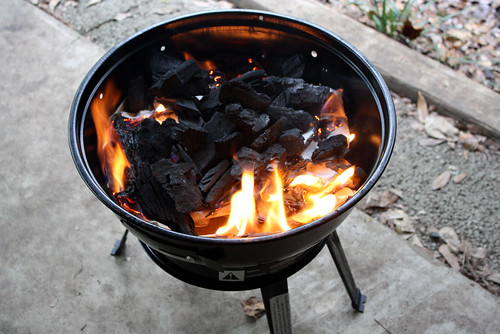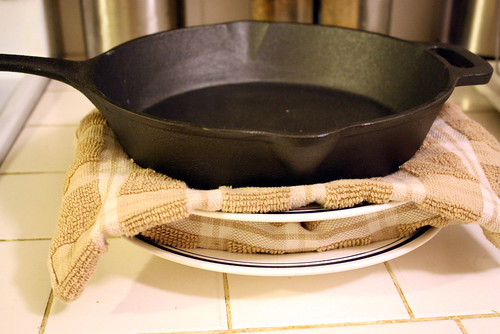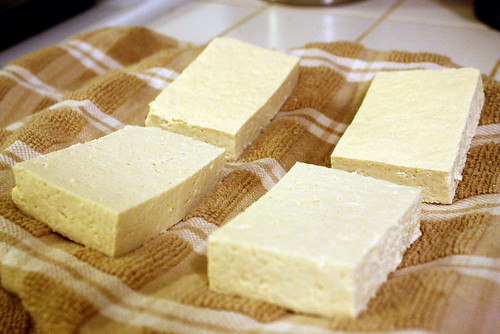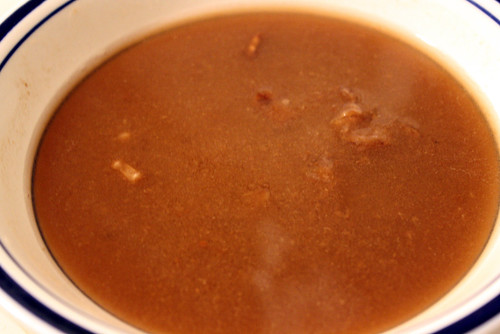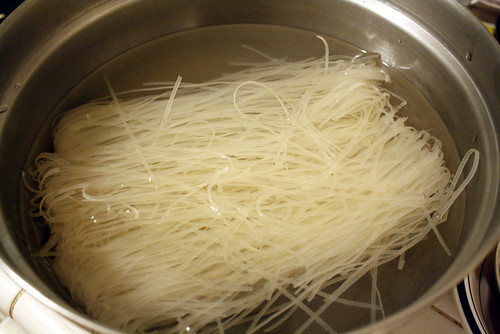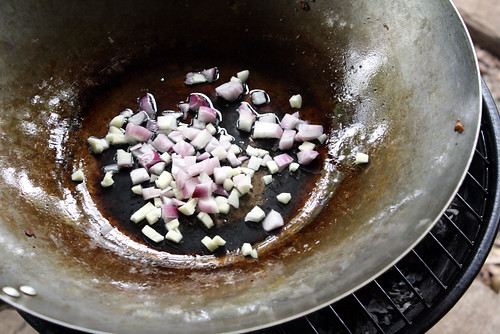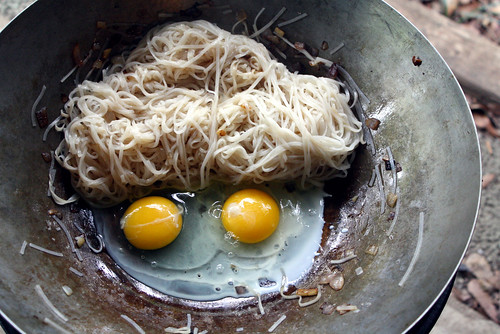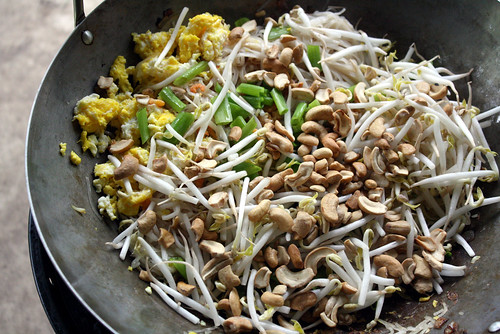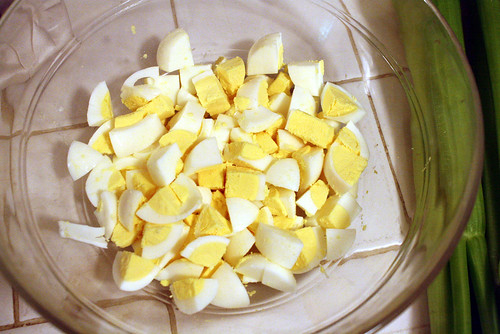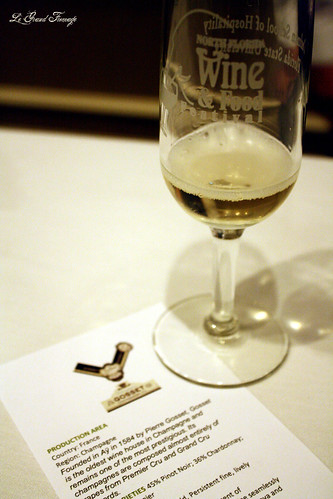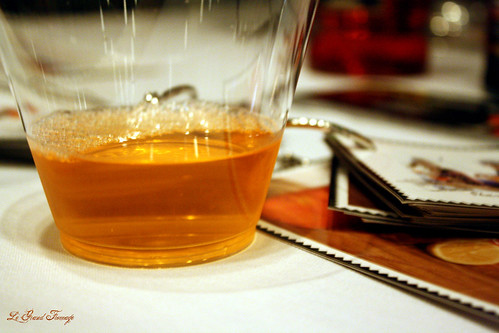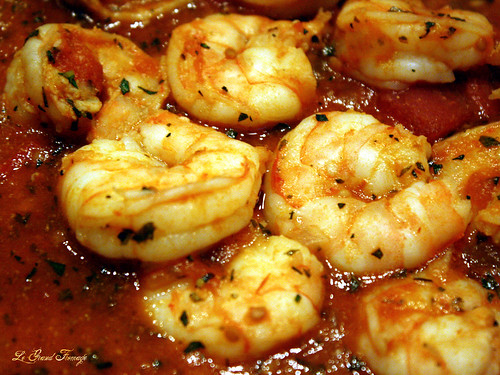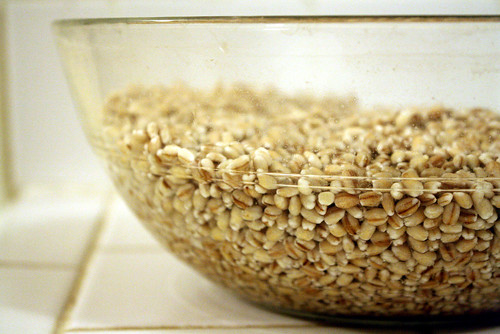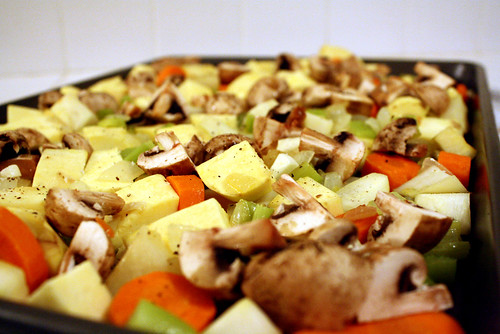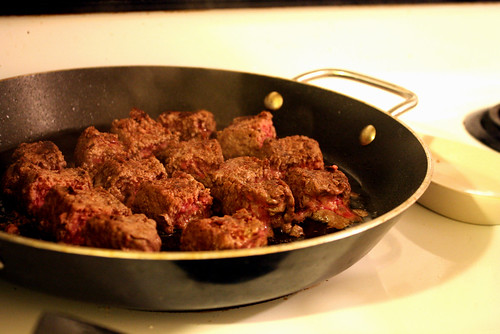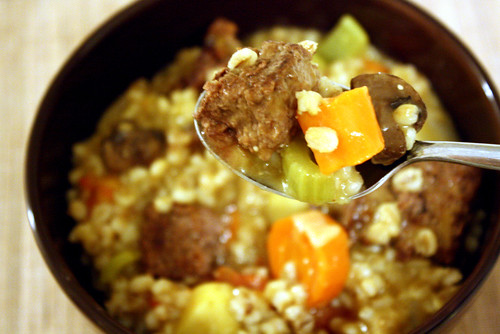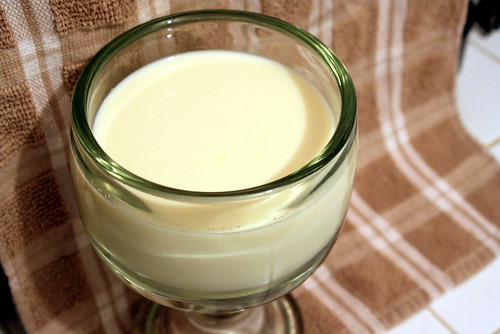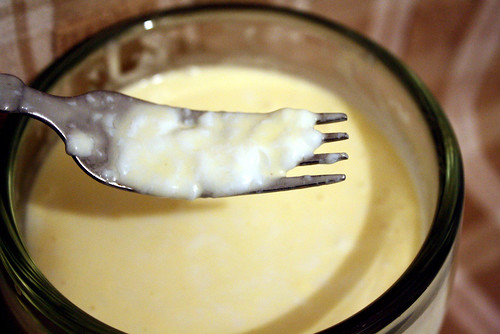I am a huge fan of Foodbuzz as evident by my icons to your right and appreciate all the other very talented food bloggers they have introduced me to for over a year now. This November, they are hosting the 2nd Annual Foodbuzz Festival in San Francisco, CA - which is quite a ways away from the Panhandle of Florida. As a treat to Featured Publishers, Foodbuzz has teamed with Nature's Pride to offer a chance to attend the Festival sans cost. To be considered for this opportunity, bloggers are creating recipes using one of the natural bread products offered by Nature's Pride.
I cannot recall a time I made a recipe using slices of bread other than a sandwich, but I set to work contemplating a unique recipe I could create with slices of bread. After some deliberation, cornbread came to mind and seemed like a fantastic idea. It's a straightforward recipe I am comfortable with and is delicious to devour. Instead of using flour, I decided to replace it with the bread. However, fresh bread would not work. My favorite cornbread recipe includes browned butter, which creates a rich flavor in the bread that is sensual for a simple dish. I settled on not using butter and instead toasting the bread to mimic the rich flavor profile I love.
Once I went to the grocery store to find the Nature's Pride bread, I stumbled upon their option of Honey Wheat bread which sounded perfect. Although not as soulful as the organic sprouted spelt flour bread I love from my local co-op, it is one of the best conventional breads I have seen offered, without harmful substances like high fructose corn syrup. I felt the honey would compliment the sweeter cornbread I wanted to prepare and went with this option.
The addition of almonds and tart cherries provides a subtle sweetness to this filling side dish, and transforms it into more than just something to sop up gravy with. I enjoyed it as a breakfast treat and found it goes fantastically with hot coffee. Not to mention a satisfying snack or faux dessert. I brought in half the cornbread to work and received rave reviews. I had never had so many compliments on something I shared with friends, so I know I'm on to something with this recipe.
The toasted bread is a perfect substitute to browned butter and did provide the richness I crave. The almonds and tart cherries gave little bursts of sweetness, but were not overpowering enough to be considered a sugary dessert. It was wonderful to create a cornbread without using cups of flour just to try something different and allow other flavors to shine. I am so happy with my successful cornbread and hope you give this recipe a try this autumn to keep your belly full and your heart warm.
Tart Cherry & Almond Cornbread
Printable Recipe
5 pieces of Nature's Pride Honey Wheat Bread, toasted - yields 2/3 cup breadcrumbs
1 1/2 tbsp almond slices, toasted
2/3 cup yellow cornmeal
2/3 cup almond meal
1/3 cup turbinado
3 tbsp all-purpose flour
1 tsp baking powder
1/2 tsp baking soda
1/2 tsp kosher salt
2 eggs
3/4 cup buttermilk
1 1/2 tbsp olive oil
1/2 cup tart cherries
stick of butter
Place an 8" or 10" cast iron skillet in a cold oven and preheat the oven to 400*F (adding the cast iron skillet to the cold oven to gradually warm will prevent it from warping or becoming damaged). Lay the bread pieces on a cookie sheet without butter or cooking spray. Allow the bread to toast 10 min on each side, although watch carefully in case your oven cooks rapidly.
While the bread is toasting, turn a burner on the stove to medium heat. In a small skillet, add the almonds and cook for approximately 5 min until the almonds are toasted, tossing occasionally. Remove from the stove and set aside.
Remove the bread from the oven and carefully add it in pieces to a food processor and pulse until the bread turns into breadcrumbs.
In a large bowl, add all the dry ingredients of breadcrumbs through kosher salt.
Mix thoroughly.
Next add the wet ingredients of eggs through tart cherries, plus 1 tbsp of the toasted almond slices, and mix well.
Remove the cast iron skillet from the oven with an oven mitt and thoroughly coat the bottom and sides with a stick of butter so the batter doesn't stick. Pour in the thick batter and spread evenly with a spatula. Lastly, add the remaining toasted almond slices evenly over the top of the batter. Using your oven mitt, return the cast iron skillet to the oven at 400*F and cook for 20 min.
Remove from the oven and allow it to cool for 10 min before slicing. Serve immediately or store for savoring later.
~Yields 8 servings.
~Adapted from Cooking Light.
A sample product of Nature's Pride was made available to me by Foodbuzz with no obligations for review.
Tart Cherry & Almond Cornbread
Printable Recipe
5 pieces of Nature's Pride Honey Wheat Bread, toasted - yields 2/3 cup breadcrumbs
1 1/2 tbsp almond slices, toasted
2/3 cup yellow cornmeal
2/3 cup almond meal
1/3 cup turbinado
3 tbsp all-purpose flour
1 tsp baking powder
1/2 tsp baking soda
1/2 tsp kosher salt
2 eggs
3/4 cup buttermilk
1 1/2 tbsp olive oil
1/2 cup tart cherries
stick of butter
Place an 8" or 10" cast iron skillet in a cold oven and preheat the oven to 400*F (adding the cast iron skillet to the cold oven to gradually warm will prevent it from warping or becoming damaged). Lay the bread pieces on a cookie sheet without butter or cooking spray. Allow the bread to toast 10 min on each side, although watch carefully in case your oven cooks rapidly.
While the bread is toasting, turn a burner on the stove to medium heat. In a small skillet, add the almonds and cook for approximately 5 min until the almonds are toasted, tossing occasionally. Remove from the stove and set aside.
Remove the bread from the oven and carefully add it in pieces to a food processor and pulse until the bread turns into breadcrumbs.
In a large bowl, add all the dry ingredients of breadcrumbs through kosher salt.
Mix thoroughly.
Next add the wet ingredients of eggs through tart cherries, plus 1 tbsp of the toasted almond slices, and mix well.
Remove the cast iron skillet from the oven with an oven mitt and thoroughly coat the bottom and sides with a stick of butter so the batter doesn't stick. Pour in the thick batter and spread evenly with a spatula. Lastly, add the remaining toasted almond slices evenly over the top of the batter. Using your oven mitt, return the cast iron skillet to the oven at 400*F and cook for 20 min.
Remove from the oven and allow it to cool for 10 min before slicing. Serve immediately or store for savoring later.
~Yields 8 servings.
~Adapted from Cooking Light.
A sample product of Nature's Pride was made available to me by Foodbuzz with no obligations for review.
